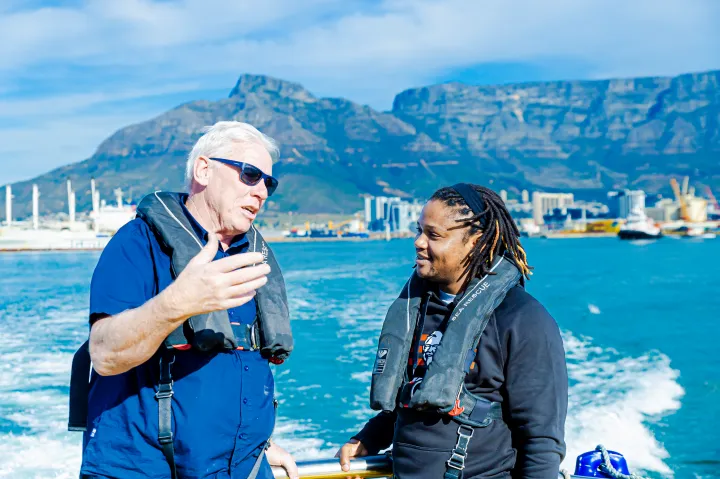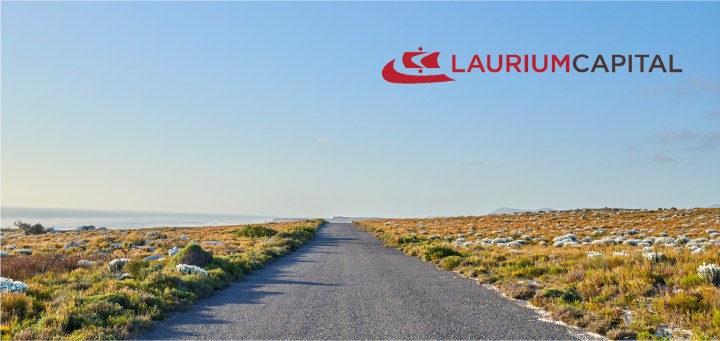Newsdeck
New species of Amazon anaconda, world’s largest snake, discovered

Feb 29 (Reuters) - Researchers in the Amazon have discovered the world's largest snake species - an enormous green anaconda - in Ecuador's rainforest that split off from its closest relatives 10 million years ago though they still nearly look identical to this day.
A video shared online shows the scale of these 20-foot-long (6.1-meter-long) reptiles as one of the researchers, Dutch biologist Freek Vonk, swims alongside a giant 200-kilo (441-pound) specimen.
It was thought that there was only one species of green anaconda in the wild, the Eunectes murinus, but the scientific journal Diversity this month revealed that the new “northern green anaconda” belongs to a different, new species, Eunectes akiyama.
“What we were there to do was use the anacondas as an indicator species for what kind of damage is being done by the oil spills that are plaguing the Yasuni in Ecuador, because the oil extraction is absolutely out of control,” researcher Bryan G. Fry said.
Fry – an Australian professor of biology at the University of Queensland who for almost 20 years has been investigating anaconda species found in South America – told Reuters the discovery allows them to show that the two species split from each other almost 10 million years ago.
“But the really amazing part was, despite this genetic difference, and despite their long period of divergence, the two animals are completely identical,” he said.
Although green anaconda snakes are very similar visually, there is a genetic difference of 5.5%, which surprised the scientists.
“Which is an incredible amount of genetic difference, particularly when you put it in the context that we’re only 2% different from chimpanzees,” Fry said.
Anacondas are incredibly useful sources of information for the ecological health of the area and the potential impacts on human health of oil spills in the region, Fry said.
Some of the snakes they studied in parts of Ecuador were heavily polluted by oil spills, and the anacondas and arapaima fish are accumulating a large amount of the petrochemical metals, he added.
“That means that if arapaima fish are accumulating these oil spill metals, that they need to be avoided by pregnant women, just like women avoid salmon and tuna and other parts of the world for fear of methylmercury,” he said.
(Reporting by Anna Portella in Sao Paulo; Writing by Steven Grattan; Editing by Sandra Maler)




















I live in Ecuador and this is new for me. Oh my God! I saw the video. It seems a monster. I don’t live in the Amazon, fortunately. I live on the coastal region, and we do have some snakes, a few venomous, but their size is normal. We try to avoid them as much as we can. I haven’t seen more than 10 snakes in my life. I am 57. I know that South Africa has its mambas, very dangerous. Thanks, Daily Maverick for this information. Some people, especially tourists, love the jungle, but it is not my favorite place.
While I have not seen the video (yet) .. it is great to hear from someone ‘there’ ! I am not a ‘jungle’ person myself … but find documentaries of all snakes fascinating ! While I am in Cape Cobra country (not the mamba territory) my origins are in the land of the real Cobras . Sounds like this new Anaconda species is something to behold … not that the ‘old’ one is shabby by any means !
I met people of Indian origin in Durban during a trip to the country 8 years ago. In general, people in South Africa are more than friendly, they are helpful and generous. While I sometimes was taken as a “coloured” in some parts of the country, I think I was regarded as an “Indian” in KZN. I remember one Indian woman working in Wimpy’s uShaka asking me if I worked nearby, as I used to have breakfast there.
Come to South Africa, we have snakes in govt that’ll put any other species of snake to shame!!!
I visited South Africa 8 years ago, exactly the 14th of March 2016 I landed in Cape Town and then traveled through the south coast to reach Johannesburg for my flight back to South America. South Africa is a very beautiful country. People are amongst the friendliest I have met in the world. But politicians are terrible everywhere and I do not think yours are worse than ours.